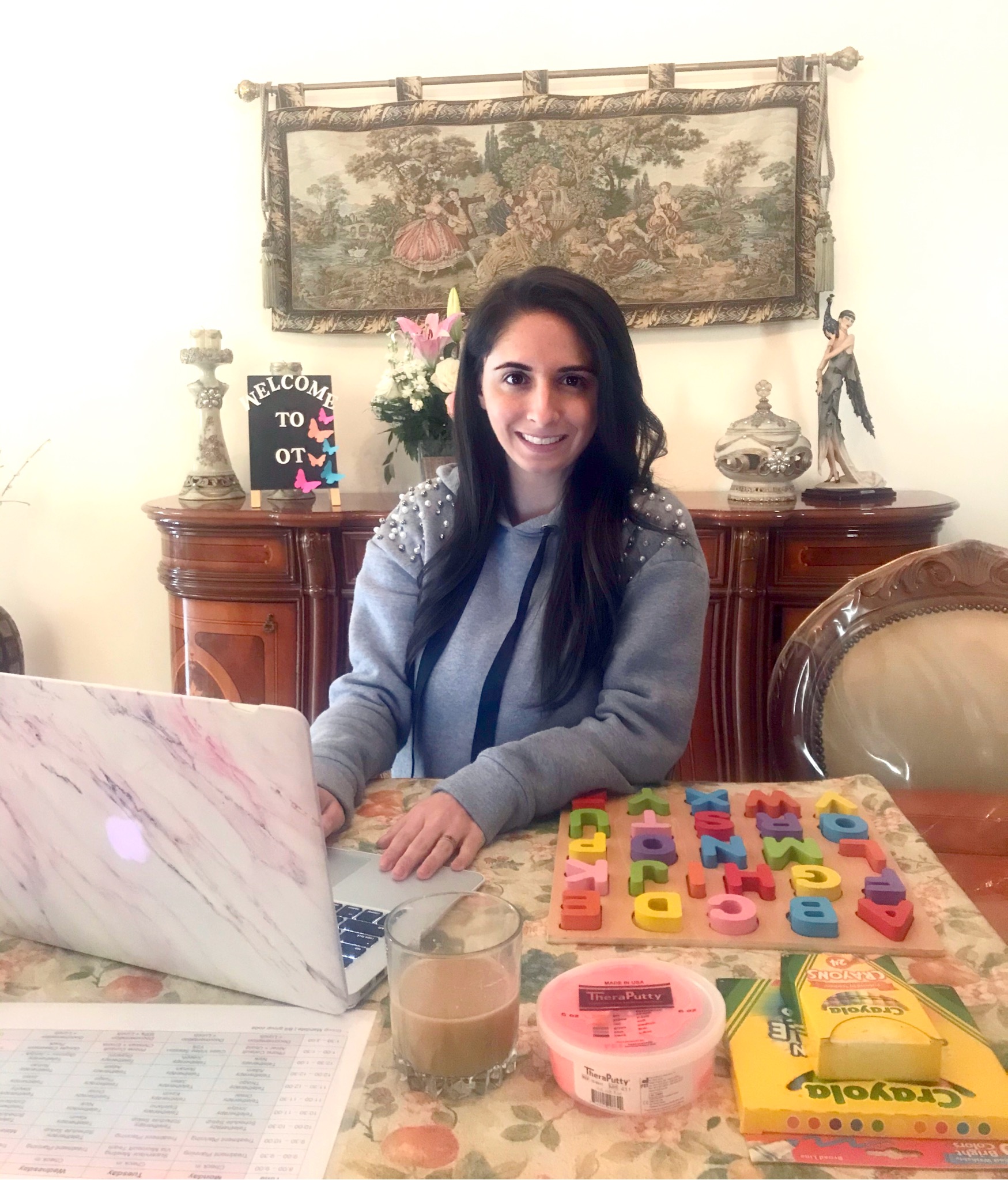
BAY RIDGE — The school shutdown brought on by the pandemic placed an almost insurmountable burden on parents of special needs children who have struggled to help their kids adapt, according to experts and advocates.
“Hard is an understatement,” said Salam Abdallah, a Bay Ridge resident whose seven-year-old son Omar falls within the autism spectrum.
Making the adjustment from in-school to home learning, where all interactions with educators are via computer, has been difficult, according to Abdallah.
Mayor Bill de Blasio ordered all public schools closed in mid-March and the Diocese of Brooklyn quickly followed suit and shut all of its academies. They have been closed ever since.
“When my son had the routine of getting on the school bus each day, going to school and seeing his teachers and therapists, he was okay,” Abdullah said. “But at home, it’s hard to get him to sit still. He is easily distracted. He really needs a hands-on learning environment.”
Abdallah said her two daughters work with her to help Omar sit still and focus.
“It’s a team effort,” she said. “We first empty the room of all distractions. Then we work to make sure he stays focused. Some days are better than others.”
Throughout public schools, the Department of Education (DOE) has supplied families in need with computers or tablets to ease the transition to remote learning but families with special needs children say technology isn’t enough. They understand that schools had to be closed to avoid any additional spread of coronavirus but added that the DOE should have provided training and resources to them.
Cynthia Gambino, an occupational therapist at a public school in Brooklyn, said she and her colleagues had to adjust on the fly in the beginning. She works with severely disabled students, including youngsters with autism and cerebral palsy.
“We usually do a lot of sensory work. But through a computer screen, it’s different,” she said. “It took a couple of sessions just to get the children to sit still in front of the computer. It was as if they were seeing me for the first time.
“Now that a little time has passed, it is a little better. Some of my kids are thriving.”
Teachers are also taking it upon themselves to fill the supply gap when they can. Gambino started a fundraising project on donorschoose.org and raised $1,000 to buy supplies for her students. She personally delivered gift baskets containing coloring books, crayons, Theraputty (putty used for hand exercises), notebooks, and picture books to each child’s home
Eileen Murdoch has been an occupational therapist with the DOE for five years and works at a public school in Coney Island. Her students include kids in wheelchairs and children with autism.
“I would prefer to be in the classroom. There’s just something about being there in the moment and being able to show the child how to do something,” Murdoch said. “With remote learning, parents have had to guide their special needs child. It’s difficult, especially if they have other children at home.”
Non-profit organizations are also struggling. Janice Aris, executive director of Mercy Home, a a Catholic program in Fort Greene that provides recreational activities like yoga and arts and crafts for developmentally challenged adults and children, said there has been “a whole host of challenges” in conducting programs remotely.
Aris explained the hidden reason some families wouldn’t want to engage in remote learning — being self-conscious about their economic status.
“The background of their home, which is visible on the computer screen, might not be esthetically pleasing,” she said.
The City Council’s Education Committee held a hearing last month on remote learning where Maggie Moroff, coordinator of the Action for Reform in Special Education (ARISE) Coalition, spoke.
“Families of students with a range of disabilities — from dyslexia to autism to behavioral challenges — are concerned that their students’ specific needs are not being met. For example, students who are deaf are feeling isolated because they lack access to teachers and friends who sign,” Moroff testified. “Many parents of deaf children either don’t sign or lack the command of American Sign Language necessary to do remote education. Students with disabilities are at particular risk of falling behind during this time of remote learning,”
There is a likelihood of students falling behind according to Joseph Riley, executive director of the Guild for Exceptional Children in Bay Ridge, a non-profit organization that serves developmentally disabled adults and children.
“Placements of special needs children are determined by evaluations. You can’t place children in classrooms without those evaluations,” he said. “Many therapists have not been able to do them. We don’t know what will happen in September.”
Meanwhile, parents who have been pulling double-duty — parenting their children and working as quasi teachers’ aides — are clamoring for schools to reopen this September.
Right now, it’s not clear when schools will reopen. There has been no official announcement from de Blasio or Schools Chancellor Richard Carrenza.
Councilmember Mark Treyger, chairman of the Education Committee, said the city is currently operating 40 regional enrichment centers to give first responders and essential workers a safe place to drop off their children before going to work. Treyger is suggesting opening those sites to special needs children and staffing them with teachers and therapists.
“The least the DOE could do is conduct a survey to see if parents would be interested,” he said.
DOE officials did not return messages left by The Tablet.
To read the latest updates regarding coronavirus concerns in the Brooklyn Diocese, go to https://thetablet.org/coronavirus.
